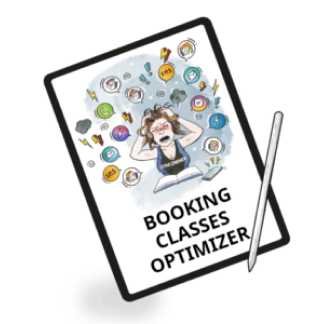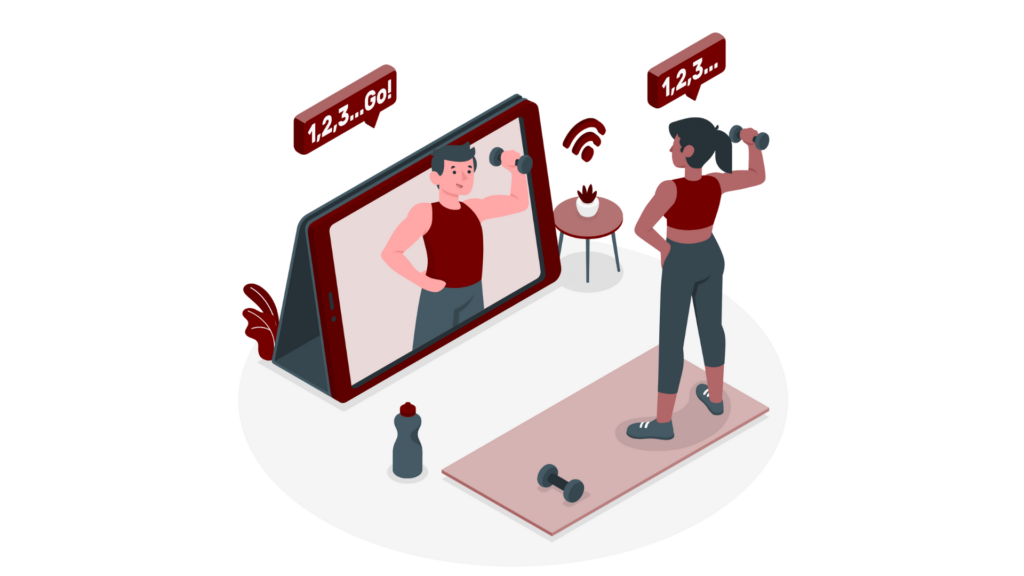In the fitness industry these days, many companies are turning to offering online services. This is due to learning the lesson after the pandemic, but stationary companies also want to diversify their offer with a virtual version. Undoubtedly, developing technology helps with this and makes it much easier to introduce such a gym business model.
Do you want your brand to become remote, or at least partially remote? How profitable is it? How to start a fitness brand in the area of virtual services? What can you learn from the largest, most famous and most profitable virtual fitness companies? To dispel these doubts, we invite you to read today’s article.

Key Takeaways
- Virtual and remote fitness companies are revolutionizing fitness by offering flexible, accessible workouts, nutritional advice, support for changing habits, weight management and mental well-being classes online.
- Examples of online fitness companies are those offering live or on-demand workout classes, personalized coaching, fitness apps, and virtual wellness programs.
- The most popular ones are: Peloton, Beachbody, and Daily Burn.
- What a beginner remote gym owner can learn from those companies is the importance of building a strong online presence, offering diverse programs, creating engaging, user-friendly platforms and implementing a gym management software.
2 groups of virtual companies in the fitness industry
In the entire range of companies in the virtual fitness industry, 2 types of companies stand out. One group is online workout gyms, which we will also call home fitness companies in the text. The second group is other remote fitness services. That is why we have created two lists for you in this article. They are presented below.
11 Online Fitness Studios & Fitness Programs
These companies span the full spectrum of home fitness (streaming, on-demand, and virtual), as well as those offering half-half services tied to physical gyms, group fitness, and corporate wellness. What are people looking for in online fitness classes and how to deliver it properly? Read about examples of this kind of companies and learn how to do it.”

1. Peloton

Peloton is a leading home fitness company offering high-energy live and on-demand cycling, running, strength, yoga, and meditation classes. They offer their services via a subscription model, with users accessing content through a variety of devices, including their flagship stationary bike and treadmill.
2. Beachbody

Known for its fitness programs like P90X, Insanity, and 21 Day Fix, Beachbody offers streaming workout videos and nutrition plans. They also sell must have gym equipment and supplements, creating a full wellness ecosystem for users at home.
3. Tonal

Tonal is a digital strength training system that uses AI to provide personalized workout plans. The system is built around a smart home gym with adjustable digital weights, and the company offers a range of strength, yoga, and mobility classes.
4. Aaptiv
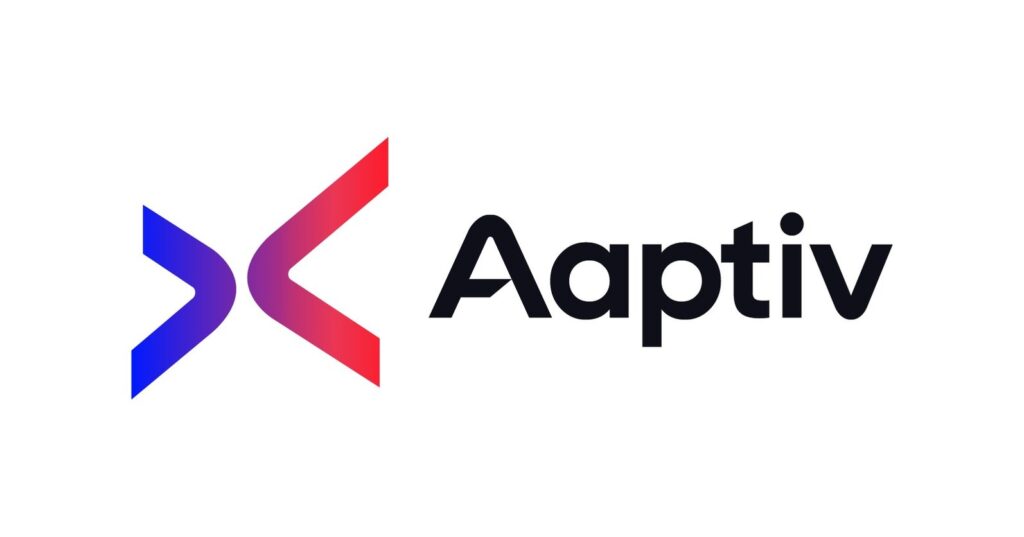
Aaptiv provides audio-based workouts led by certified trainers. Users can access workouts ranging from running and strength to yoga and meditation. The app offers customized fitness plans with the option for a guided experience.
5. Nike Training Club

Nike’s app offers a large library of free and premium workout and fitness topics, including strength, HIIT, yoga, and mobility exercises. Workouts are designed for all fitness levels and require minimal common gym equipment.
6. Freeletics

Freeletics is one of the good examples of apps for gym owners. It offers personalized, AI-powered training plans that focus on bodyweight workouts. It provides personalized fitness coaching and nutrition advice for those looking to exercise at home with minimal equipment.
7. FitOn

FitOn offers free on-demand workout videos led by celebrity trainers like top fitness influencers, covering everything from cardio training to strength and yoga. They also have a social component where users can work out with friends and challenge each other.
8. SoulCycle At-Home

SoulCycle’s at-home platform offers live-streamed and on-demand fitness. Online indoor cycling classes are led by their world class trainers who provide a high-energy and motivational environment for home riders.
9. CorePower Yoga

CorePower Yoga offers a variety of yoga classes and provides a digital platform with on-demand and live virtual sessions. The company operates fitness centers across the U.S. and is known for its intense hot yoga classes. If you are particularly interested in this area of fitness, read more about yoga studio software.
10. StretchLab

StretchLab provides personalized assisted stretching services, designed to help improve flexibility, mobility, and overall performance. They offer in-person sessions at their locations and remote flexibility coaching.
11. Gympass

Gympass is a corporate wellness platform that partners with businesses to provide employees with access to a network of gyms, fitness studios, and wellness services (both virtual and in-person). It includes everything from gym memberships to virtual wellness services like meditation and mental health support.
6 Other Virtual Fitness Businesses
These companies focus on remote support services in the fitness space beyond just providing workout programs. They range from health tracking and fitness analytics to nutrition, wellness, emotional health support, physical therapy, and other fitness products.

These services complement training by addressing broader aspects of health and fitness, such as recovery, nutrition, mental well-being, and injury prevention.
1. WHOOP
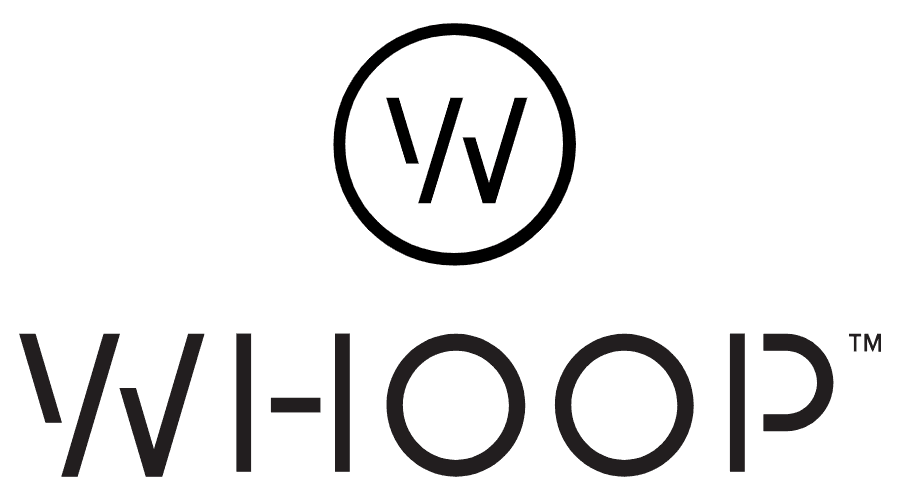
WHOOP is a wearable fitness tracker that offers personalized insights into recovery, strain, and sleep, helping users optimize their performance. They provide detailed analytics through their custom fitness app and a membership model, focusing on improving fitness and overall wellness.
2. MyFitnessPal
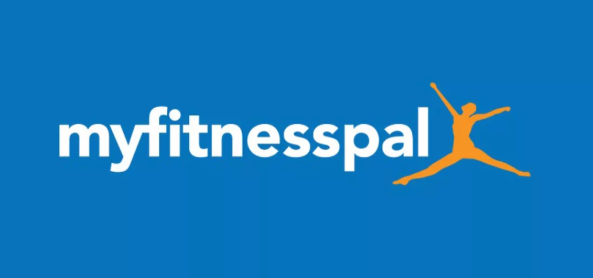
MyFitnessPal is a popular app for tracking nutrition and calories. It provides users with a comprehensive database of food and allows them to log meals, set diet goals, and track macronutrients and micronutrients. It integrates with other fitness apps and devices to give a complete view of health.
3. Noom
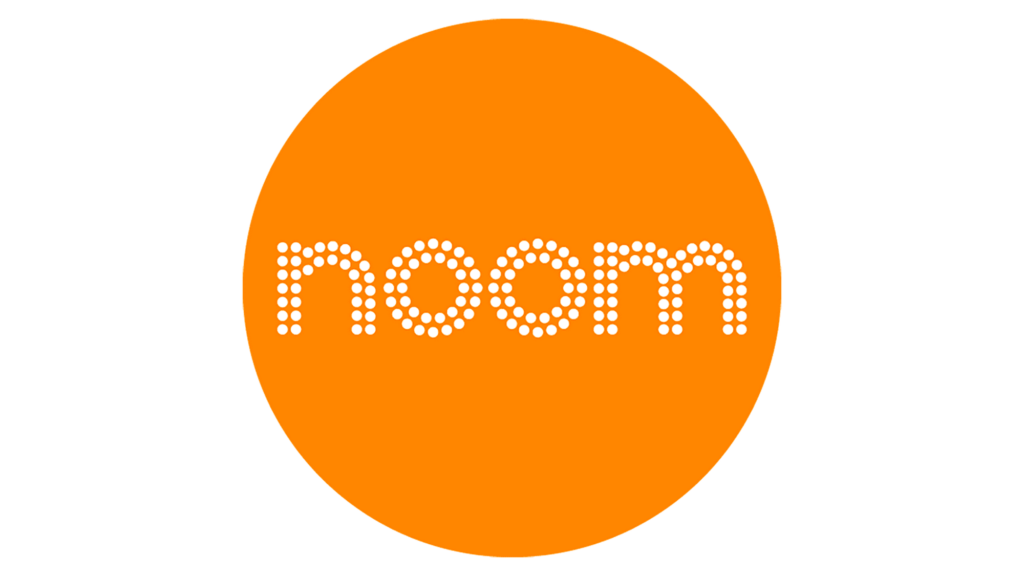
Noom is a remote health and wellness platform that combines nutrition tracking with personalized coaching: behavior change psychology. It provides users with personalized weight management plans, offers coaching, and gives access to educational resources to develop healthier habits.
4. Headspace

Headspace is a leading meditation app offering guided mindfulness exercises, stress-relief techniques, and sleep meditations. It supports overall well-being, with a focus on mental clarity, relaxation, and focus, all of which complement physical fitness.
5. Calm

Calm is another app focused on mental health, offering guided meditation, sleep stories, music, and relaxation exercises. It helps users manage stress, improve sleep, and promote a peaceful mind, which can indirectly enhance their physical fitness.
6. Johnson Health Tech

Johnson Health Tech is a global company that designs, manufactures, and markets fitness equipment for both home and commercial use. The company is recognized for its high-quality fitness solutions, including treadmills, exercise bikes, ellipticals, strength training equipment, and wellness products.
Johnson Health Tech operates under several brands and is known for its innovative approach to fitness technology and design. They are popular for global expansion thanks to online shops.
How to Become a Virtual Brand in the Fitness Industry
Starting a remote fitness brand requires more than just knowledge of exercise routines and fitness techniques. It involves understanding the digital landscape, consumer behavior, overall fitness marketing and how to build a sustainable business model in the virtual world.

Here’s a step-by-step guide on how to learn from existing virtual fitness companies and launch your own remote fitness brand.
Step 1: Research the Virtual Fitness Market
Before jumping into starting your fitness brand, research the virtual fitness industry to understand the current trends, consumer preferences, and successful business models.
What to Learn:
- Business Models: Learn about the various revenue models in virtual fitness:
- Subscription-based services (e.g., Peloton, Beachbody)
- One-time purchases for training programs (e.g., 8fit)
- Freemium models with upsell options (e.g., Nike Training Club, FitOn)
- Corporate wellness programs (e.g., Grokker)
- Consumer Behavior: Understand your target audience. Who are your gym people? Are they busy professionals, beginners, or seasoned athletes? What are their pain points (e.g., time constraints, motivation, injury prevention)?
- Content Formats: Explore different content types (live-streaming, on-demand videos, audio workouts, text-based programs) and decide what fits your business.
How to Learn:
- Explore and sign up for services like Peloton, Beachbody, or Aaptiv to experience their content and see how they engage users.
- Read industry reports on virtual fitness trends (Google trends, market research reports, etc.).
- Follow entrepreneurs and coaches on fitness social media platforms like Instagram, YouTube, and LinkedIn.
Step 2: Identify Your Niche
The fitness industry is crowded, so carving out a niche is essential for standing out and attracting a specific audience.
What to Learn:
- Target Audience: Choose a niche based on specific demographics or needs. For example:
- Fitness for busy professionals
- Postpartum fitness
- Mental wellness combined with fitness (e.g., yoga + mindfulness)
- Specialized fitness (e.g., strength training, functional fitness, or mobility)
- Unique Value Proposition (UVP): What makes your offering different from competitors? Are you offering a specific type of fitness training, better customer support, a more affordable option? Or maybe you provide an outstanding membership app and a fitness CRM that take care of your clients perfectly?
How to Learn:
- Analyze successful brands in various niches (e.g., Beachbody for home fitness, Headspace for mental wellness).
- Understand gaps in the market by reading customer reviews of existing services. Look for recurring pain points or needs.
- Use social media platforms like Instagram, Reddit, or Facebook groups to engage directly with your target audience and understand their challenges.
Step 3: Develop Your Brand Identity & Content Strategy
Your brand identity is how your fitness company will be perceived in the market. Establishing this early on helps define your tone, message, and style.
What to Learn:
- Branding Essentials: Learn about visual identity (logo, color palette, fonts) and tone of voice (friendly, professional, motivational). Establish your core message and mission.
- Content Planning: Create a strategy that outlines the types of content you’ll produce, including:
- Workout plans (e.g., beginner-friendly or advanced)
- Health and wellness tips (e.g., diet, mindset, sleep)
- Engagement content (e.g., challenges, community building)
- Educational content (e.g., how-to tutorials, explanations of fitness principles)
- Consistency: Understand how consistent content delivery (via email newsletters, social media, blog posts, etc.) builds audience loyalty.
How to Learn:
- Take online courses on branding (e.g., Skillshare, Udemy, or Coursera).
- Study the content strategies of successful fitness companies like Peloton, Aaptiv, or Nike Training Club.
- Use tools like Canva or Adobe Spark to experiment with design elements.
Step 4: Develop Your Programs & Content
The core of your business will be the fitness content you provide, so creating well-structured programs and training materials is essential.
What to Learn:
- Program Design: Learn how to structure different types of programs (e.g., HIIT, strength training, yoga) and cater them to specific goals (e.g., weight loss, muscle gain, flexibility). Use established fitness principles like progressive overload and periodization.
- Content Creation: Learn how to create different content types:
- Video: High-quality production, including lighting, sound, and editing.
- Audio: Clear, motivating instructions for audio-based apps (e.g., Aaptiv).
- Text-based Programs: Well-organized PDF or eBooks for self-guided workouts.
- Tracking & Progression: Provide users with tools to track their progress, whether through apps, spreadsheets, or feedback loops. Consider implementing a gym management software for this purpose.
How to Learn:
- Take fitness certification courses that include program design (e.g., NASM, ISSA, ACE).
- Use platforms like YouTube and Skillshare to learn video editing and content production skills.
- Consider tools like WodGuru to structure and deliver your programs remotely.

Manage your gym
like a pro
Get more online bookings and increase your gym profit
Step 5: Build Your Platform (Website + App)
Your platform is the gateway to your brand. Whether through a website or app, it should provide an intuitive and seamless experience for users.
What to Learn:
- Website Development: Learn about user-friendly website platforms (e.g., WordPress, Wix, or Shopify) that can host your content. Your website should have:
- A user-friendly interface
- Payment processing for subscriptions or one-time purchases
- Membership login for exclusive content
- A blog or content section for SEO (search engine optimization) purposes
- Mobile App: If you plan on offering an app for a more immersive experience, learn about app development or partner with a developer.
- SEO & Marketing: Understand how to optimize your content for search engines (SEO), and how to promote your platform via social media, email marketing, and content marketing. Implement a gym marketing software to make everything easier and quicker.
How to Learn:
- Take courses on platforms like Udemy or Coursera for web design and SEO.
- Use website builders like WordPress or Shopify to build a basic website and experiment with eCommerce or subscription setups.
- Research mobile app development options if you plan to scale your fitness service into a custom branded fitness app.
Step 6: Market & Grow Your Brand
With the brand identity, fitness programs, and platform in place, it’s time to start marketing and building your community.
What to Learn:
- Social Media Marketing: Learn how to leverage platforms like Instagram, YouTube, TikTok, and Facebook to promote your brand and engage with potential customers.
- Share workout tips, motivational content, client success stories, and personal fitness journeys.
- Create shareable content like workout challenges or progress trackers.
- Influencer Partnerships: Collaborate with influencers in the fitness space to expand your reach. Micro-influencers can be especially effective for niche markets. Or maybe you’d like to know how to become a fitness influencer yourself and build reach for your brand?
- Email Marketing: Build an email list to send newsletters, special offers, and exclusive content to your audience.
- Paid Advertising: Learn how to run ads on social media platforms to target potential customers who fit your niche.
How to Learn:
- Take social media marketing and influencer marketing courses (HubSpot Academy, Google Ads, Facebook Blueprint).
- Experiment with ads on Instagram and Facebook using their ad platforms.
- Follow fitness influencers and digital marketers to see how they interact with their audiences.
Step 7: Create Community and Engage Users
Building a community around your fitness brand will help you retain clients and foster loyalty.
What to Learn:
- Community Engagement: Learn about creating and maintaining a community on social media, in-app forums, or private Facebook groups. Encourage user-generated content and interaction.
- Feedback Loops: Collect feedback from your audience via surveys or social media interactions. Use this feedback to improve programs and customer experience.
- Gamification: Introduce challenges, rewards, and gamified elements to your programs to keep clients motivated.
How to Learn:
- Use platforms like Facebook Groups or Slack to engage with clients.
- Study the community-building strategies of platforms like Peloton and FitOn.
- Use tools like Google Forms or SurveyMonkey to gather customer feedback and suggestions.
Step 8: Scale Your Business
As your brand grows, you’ll need to focus on scaling. This involves expanding your offerings, improving your content, and increasing your marketing efforts.
What to Learn:
- Outsourcing: Consider hiring a team for content production, social media management, or customer service.
- Automation: Use automation tools (e.g., email campaigns, scheduling software) to reduce manual work and increase efficiency.
- Partnerships & Licensing: Explore collaboration opportunities with other fitness brands, wellness companies, or influencers.
How to Learn:
- Learn about scaling strategies through business coaching or mentorship.
- Invest in tools or platforms like WodGuru to automate workflows for marketing automation.

Manage your gym
like a pro
Get more online bookings and increase your gym profit
FAQ
Remote fitness is online training via video, apps, or pre-recorded content.
The online fitness industry size is over $10 billion and still growing.
Becoming a remote fitness coach consists of these steps: get certified, create an online presence, use platforms to deliver services.
Virtual fitness classes are live or recorded classes streamed online, often with interactive features.


